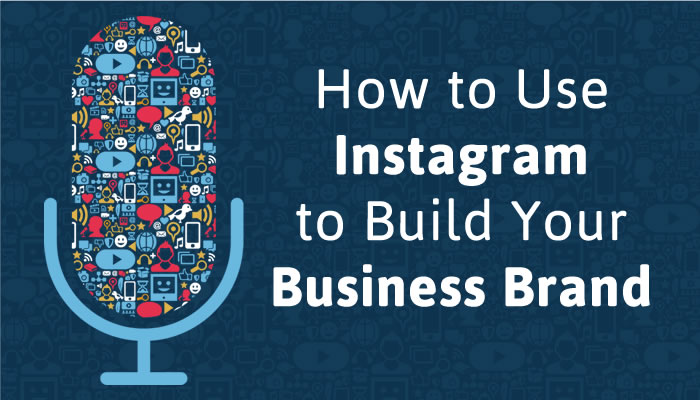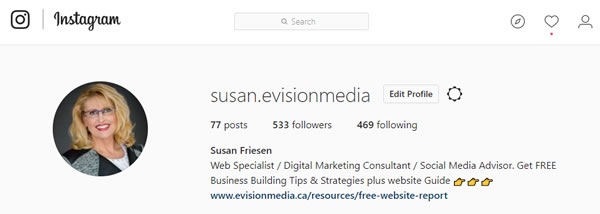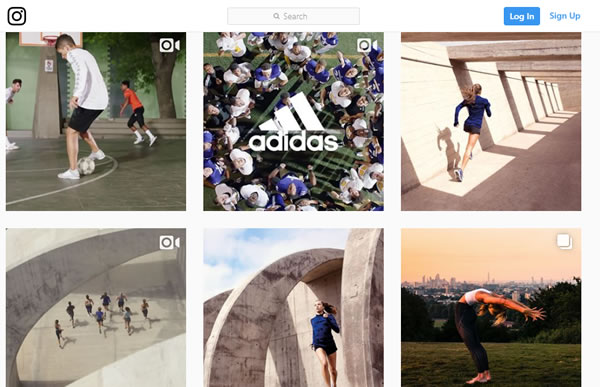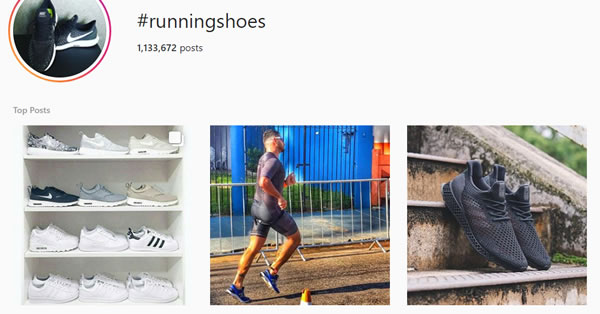Is your brand ready for the metaverse? It can be a complex question — for one thing; the answer depends on what “the metaverse” refers to for you as a business owner. For another, it can depend on the type of business that you run. But, ultimately, brand owners want their companies to be ready for anything — and active growth is often top on the list.
What Is The Metaverse?
The answer to this question depends on who you ask, but a simple definition is “a collection of technologies that allows us to interact in a virtual universe.” Most commonly, those technologies involve augmented or virtual reality and video.
Technically, our ability to interact with AI or with avatar representations of others on social media is an offshoot of what the metaverse is intended to be. The function of the metaverse is to meld the physical and the virtual into one.
As technology advances, experts and innovators predict that we’ll spend more time in this digital universe than we do now — and maybe more time in our virtual world than we do in the real one. With the heightened focus on digital communications and ecommerce during the past two years, this doesn’t come as a surprise. Statistics already show the rise in interest — in 2020, almost 84 million people were using AR/VR regularly in the United States alone, with that number projected to rise to 110 million next year.
There’s endless scope for the imagination with the metaverse concept — not to mention endless scope for business growth. Big companies like Microsoft and Epic have already invested in the metaverse, aiming to stake a claim on their virtual brand. As a result, the market for augmented reality, virtual reality, and mixed reality are projected to reach 300 billion dollars yearly by 2024.
There’s no doubt about it — the metaverse is the next significant shift in the digital world, and it’s best to be ready to take advantage of it!
Here are the top three ways to build your business brand in the new digital movement known as the metaverse.
Unified Branding
Branding is always one of the top keys to building a business. Branding not only identifies who your company is but connects it with core values, products and services on offer, and even your audience.
“Just make sure you have a brand” isn’t really the best advice, though, because inconsistent branding can actually be detrimental to your overall brand. Inconsistency can cost — 90% of consumers expect to have a consistent experience with a brand regardless of the platform, and consistent brands are more likely to have strong visibility, whereas if consumers are less aware of a brand and have less of an impression of it as a whole, they’re less likely to notice the company — and therefore less likely to engage or invest. Neglecting your colour scheme or making a logo design mistake can have serious consequences.
Along with consistency, specific elements can help with solid branding. For example, using a signature colour can boost a brand’s recognizability by up to 80%. That means that customers would be 80% more likely to recognize and interact with your brand in the metaverse if they see your signature colour.
Leitmotifs, or sonic branding, are also valuable to a complete branding package. Some statistics suggest that using audio — think jingles or recurring notes, like with MacDonald’s ba-da-ba-ba-ba — as part of your branding can increase recognition by up to 46%.
In the end, the numbers show the importance of keeping your branding steady as you move into the metaverse with your brand. Unified branding across all platforms, including print, storefront, social media, and website, has been shown to increase revenue by up to 23%. That’s significant growth, especially for a small business.
Virtual Experiences
The metaverse is all about virtual reality, and adding virtual experiences into what you offer your customers is an excellent way to get them ready for the metaverse even now. In addition, you may be able to leverage the rising sales of VR headsets, which is one of the most popular ways to explore the metaverse concept. From just under five million sets sold in the US in 2020, sales are projected to reach more than 14 million yearly in the US by 2024.
But VR headsets aren’t the only way to craft a virtual experience to share with your customers and attract them to your business. Build a digital storefront that mimics your brick-and-mortar store. Create digital tours of your products. Ikea is an excellent big-name pioneer of this, already demonstrating how to use the metaverse concept to grow a particular aspect of a brand. With virtual room design, Ikea customers can see what furniture and features will fit, how the colour scheme will turn out, and how frustrated they may get while figuring out how to put it all together.
Okay, that last part isn’t actually a feature of Ikea’s virtual experience. But it’s only a matter of time.
Video Production
A final and significant way to build your business brand in the metaverse is to incorporate videos in your marketing, website, and social media posts.
The importance of video isn’t anything new. Approximately 85% of marketers already leverage video use as an essential part of their strategy, with 92% of that number labelling it as essential to their work going forward. Video nets the most engagement on social media, especially Instagram. More than 90% of businesses point to social media videos as a key that has garnered new customers and directly caused conversion.
But with the metaverse being focused on virtual/augmented reality and video, video production is even more of a recommendation for brands that are looking to grow. Not just for marketing purposes, either — other popular kinds of videos include how-to or explainer videos and social media videos, both of which puts the focus on entertainment and education.
The more value you can provide, the more likely you will attract new interest. And with new interest, your brand is sure to grow.
To the Metaverse and Beyond
It’s challenging to get a consensus on just what the metaverse means and how far it will take us. But one thing is for sure — we’ve been spending more time in the virtual world than ever in the past few years, and it’s almost guaranteed that the trend will continue.
With essential brand-building methods, your brand will be ready to grow in the metaverse and whatever comes next.
Feature Image Credit: Julien Tromeur; Unsplash
By Zaheer Dodhia
Sourced from readwrite








